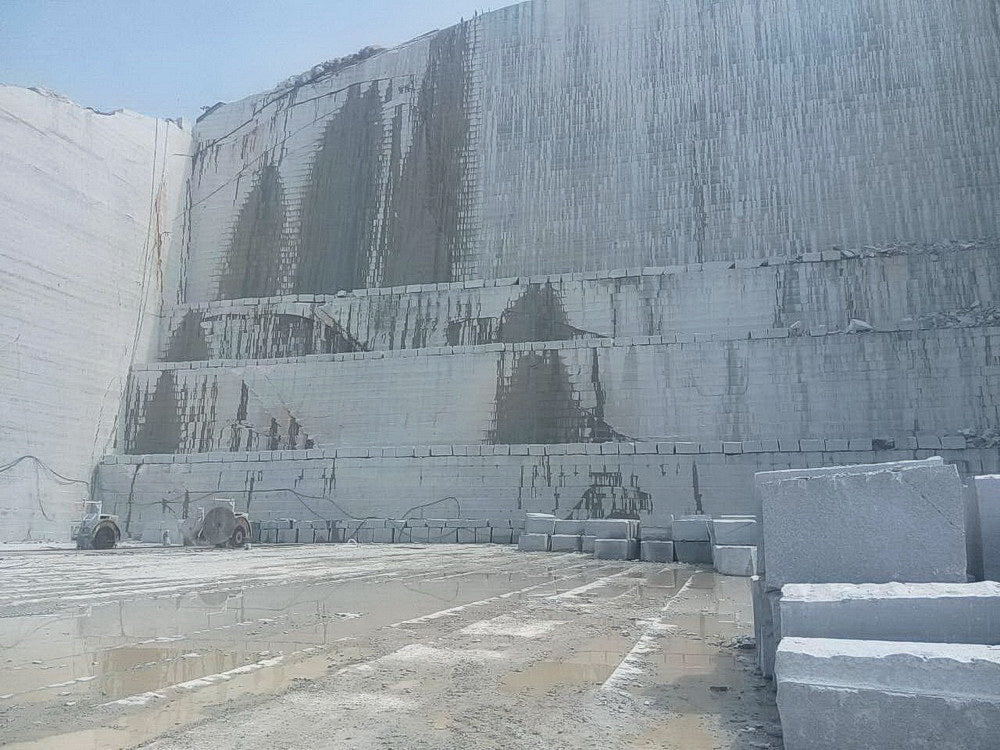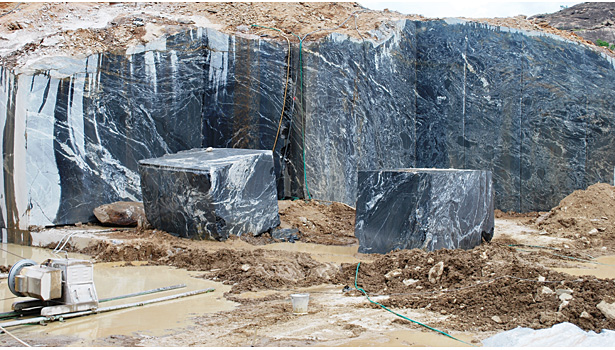Unlocking All-natural Prizes: Granite Quarries in South Africa Introduced
Unlocking All-natural Prizes: Granite Quarries in South Africa Introduced
Blog Article
Introducing the Mysteries of Granite Quarrying: Where Toughness and Elegance Meet
The world of granite quarrying is a world where the raw stamina of nature merges with human virtuosity to create structures that stand the examination of time with an air of beauty. From the midsts of quarries to the careful sprucing up in workshops, the procedure of transforming granite right into architectural wonders is a complex dance of custom and development. As we peer right into the depths of this ancient craft, we begin to discover the covert intricacies that shape the very significance of our developed setting.
The Beginnings of Granite Quarrying
In the record of building background, the beginnings of granite quarrying are shrouded in a tapestry of old workmanship and geological wonders. Going back to old Egypt and Mesopotamia, the removal of granite from quarries noted the start of a trip that would at some point bring about the production of several of the globe's most iconic structures.
Granite quarrying's roots can be mapped to the skilled artisans who identified the rock's resilience and aesthetic appeal. Through a mix of primitive devices and large determination, these early quarry employees uncovered granite blocks that would certainly end up being the building blocks of worlds.
As worlds developed, so did the techniques of quarrying granite. The Romans, renowned for their design expertise, established sophisticated methods for extracting granite to create monoliths, temples, and roads that stood the examination of time.
The heritage of these ancient quarrying practices continues to form contemporary architecture, with granite remaining a sign of strength and elegance in construction tasks around the globe. (granite quarries in south africa)
Tools of the Quarrying Profession
The development of granite quarrying techniques from old worlds to modern-day times highlights the important function played by the devices of the quarrying sell shaping the sector's methods. In old times, quarrying tools were basic, often being composed of chisels, hammers, and wedges made from products like bronze or iron. These devices needed significant workforce and time to extract granite obstructs from quarries.

Furthermore, the introduction of pneumatic tools and high-powered machinery has significantly lowered the physical labor called for in quarrying my website operations, improving employee safety and performance. As the quarrying sector proceeds to introduce, the tools of the trade remain at the forefront of driving development and shaping the future of granite removal.
Extracting Blocks of Granite
Utilizing accuracy machinery and progressed methods, the removal of granite blocks from quarries has actually ended up being a sophisticated procedure in the modern quarrying industry. Managed blasting strategies are then utilized to break apart the granite into convenient sections.

Sprucing Up and Completing Techniques
To attain a perfect surface on granite blocks, knowledgeable craftsmens employ a collection of precise polishing and completing strategies. After the preliminary removal and shaping procedures, the granite blocks undergo a thorough sprucing up phase to improve their natural appeal and sturdiness. One common technique used in polishing granite is ruby abrasion, where industrial rubies are used to grind and polish the rock to a smooth surface. This procedure not only produces a lustrous surface yet also makes certain uniformity in shade and structure across the granite block.
In addition to polishing, finishing strategies are applied to further improve the granite's look. By his comment is here very carefully picking and using these polishing and finishing techniques, craftsmens can change raw granite blocks into exquisite pieces that display both stamina and beauty.

Environmental Impact and Sustainability
With the growing emphasis on environmental awareness in the sector, granite quarrying practices are increasingly inspected for their impact on natural resources and long-lasting sustainability. In addition, the transport of granite from quarries to refining centers generates carbon emissions, even more contributing to environmental deterioration.
To alleviate these effects and make certain sustainability in granite quarrying, sector stakeholders are taking on numerous measures. Executing innovative technologies to minimize power usage and water use, recovering quarried land for environmental repair, and advertising accountable sourcing methods are some techniques being utilized. Accreditations such as the Forest Stewardship Council (FSC) and the Management in Power and Environmental Style (LEED) help consumers recognize ecologically friendly granite products.
Verdict
In verdict, granite quarrying is a process go to these guys that calls for specialized tools and strategies to essence blocks of granite and polish them to a high degree of finish. While the ecological impact of quarrying can be substantial, efforts are being made to boost sustainability practices in the sector. In general, granite quarrying is a fragile balance between using the stamina and style of this natural rock while reducing its influence on the environment.
Report this page